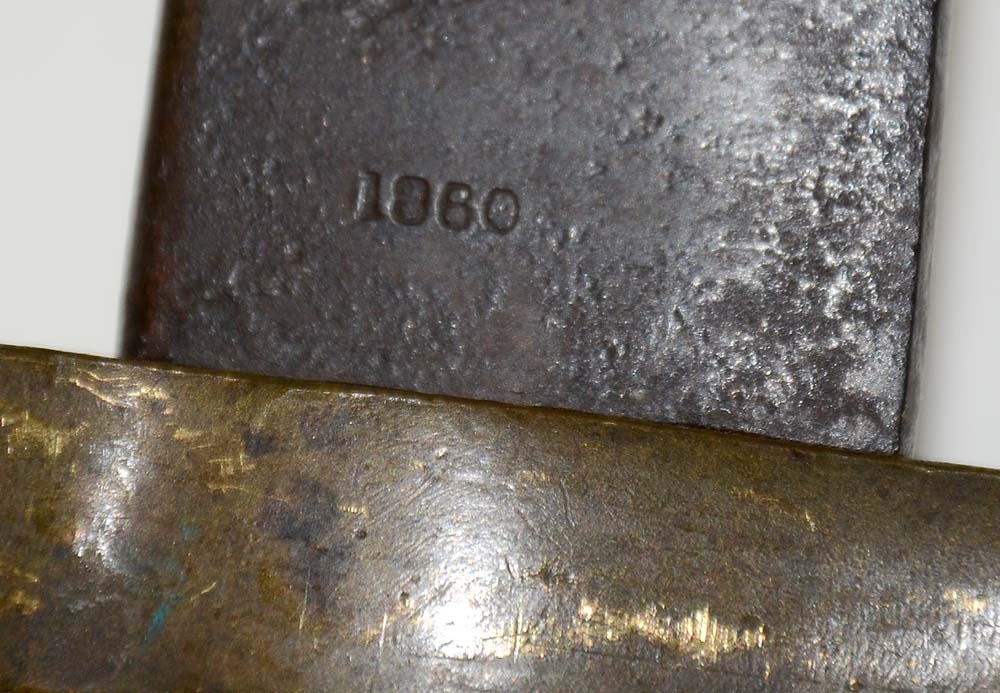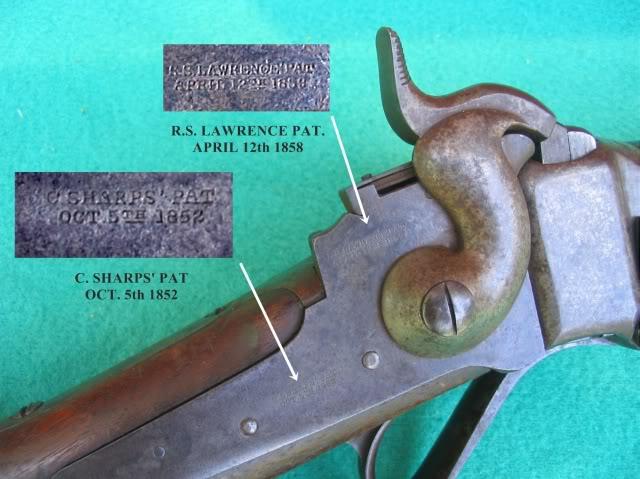


"JS over Anchor" mark is seen on many of the guns. At the same time a Confederate government agent applied his inspection/acceptance mark to the belly of the stock but also occasionally to the comb of the stock. To date, on the first 20,000 arms imported by the Confederate Central Government have been so identified. Upon reaching 10,000 the numbering began again from 1 to 10,000 over the letter "A". Each arm had a number from 1 to 10,000 engraved on the butt tang and shank of the ramrod, the hilt on the socket of the bayonet and the bayonet scabbard stud. The Confederate Government also set up a marking system. Arms acquired by each of these suppliers can be determined by a capital letter stamped in the corner of the stock in the front of the butt tang. The South also established five primary English suppliers.Īmong British companies established in the arms trade who acted as purchasers for the Confederate Agents were Bond, Freed & Co. The initials "SH over C" and the name "Isaac Campbell & Co". Two Confederate-financed companies were established in Britain: Sinclair, Hamilton & Co. Confederate authorities thus tried to do the best they could under circumstances forced upon them. The Confederate authorities tried to purchase arms in an organized fashion, but communication was so slow that often instructions were obsolete before an agent reached England by ship. They naturally wanted to sell as many arms as possible including to the South. The private English small arms makers had no problems with neutrality. Around 400,000 arms of various types came from that powerhouse of industrialism of the era.īritain was officially neutral but there was strong sympathy among segments of the English aristocracy for the Southern cause. The great lack of arms of the CSA was overcome by importation of arms from abroad, mainly England. Many blockade runners came in off the coast of Cape Fear, North Carolina, under the protection of Fort Fisher. Running the blockade was extremely dangerous, but also extremely profitable. These vital stores were delivered by blockade runners. Little is public about Confederate imports of Whitworth sharpshooter rifles from England during the War Between the States.ĭuring the course of the War Between the States, both the Confederate States Government and the individual Southern States sought to import necessary supplies and material from Britain. It was a bull's eye, the bullet striking very close to the centre.


At the first meeting of the British NRA at Wimbledon in 1860 Queen Victoria opened the meeting by firing a specially prepared Whitworth from a mechanical rest at a target 400 yards away.


 0 kommentar(er)
0 kommentar(er)
